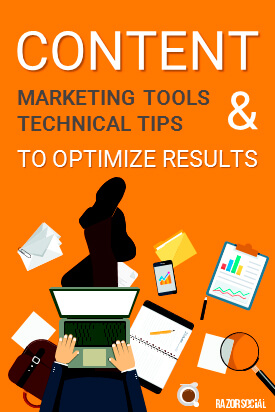 There’s no better way to drive massive traffic to your website than consistently creating amazing content.
There’s no better way to drive massive traffic to your website than consistently creating amazing content.
Marketers know this, brands know this, and that’s exactly why the competition for first page search engine rankings is now fiercer than ever before.
Everybody is producing content to gain targeted traffic and get their brand known!
So how do you stay ahead of your competition in the content marketing game?
You need to get your geek on! And what do I mean by this?
Content marketing is equal parts strategic, creative, and technical. In order to optimize your content efforts to produce maximum impact, you need to get comfortable with the technical side of content marketing.
Content plus tools equals higher ROI! That’s why we’ve put together a list of great technical tips and tools that will help optimize your content marketing results across the board.
Don’t Forget about What You Have
As content marketers, we’re constantly obsessing about the production of new content. In the battle for ranking high on search engines, we’re hard pressed to regularly produce high-quality content around our keywords.
But most of us tend to forget about something that can bring an even better payoff for us in the long run – old content. It’s already there, sitting on your blog or website, and it can bring you a constant inflow of new traffic if you revisit it once in a while.
Optimizing old content can bring you massive benefits and at a fraction of time it usually takes you to create new content!
Here’s the process I use. I go to my Google Analytics account and look for older blog posts that are still generating lots of traffic. Then I go through those articles to check the following:
- Could I update the post in any way? Is there any information that is out of date? If there’s a lot to change I’d republish old content (without changing the URL!), and if it requires only minor changes I’d just hit update.
- Could I update the visuals of this post? In some cases I’d add new images, graphics, or even video to the article.
- Is there anything I could do to optimize it for SEO?
And the latest point brings me to another important area to focus on, and that’s making sure your old content is SEO-optimized!
You can do this quite easily with the help of Screaming Frog SEO Spider. This is a very useful on-page SEO analysis tool that crawls through your website and looks at all the key SEO parameters. It’s great for finding basic SEO issues that may exist on your older pages, such as duplicate titles, missing or long meta descriptions, missing alt headings, etc.
By fixing these technical issues on your older blog posts, you’ll help improve their chances of ranking higher.
Another tool to help you find any technical problems with your website related to links and traffic is SEMRush. You can use it to perform a site audit and find any broken links, poor quality links leading to your content, and more. Fixing these type of issues makes Google happy and helps your content perform better as a result!
Build More Links
Link old content to new content. We often link new content to old content but are we doing the reverse?
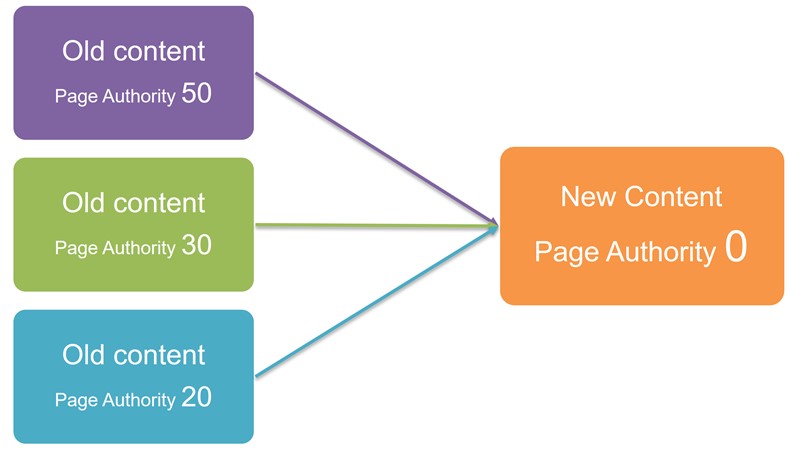
Your older articles attract a lot of organic search, they’ve earned more links, and have been shared more since you published them. You can pass some of that value to your new blog posts by linking to related, high-quality old blog content.
Page authority is a good indicator of the value of your older posts. If you want to know more about page/domain authority and internal linking watch these videos:
- Understanding domain authority
- Why internal linking is essential
Build brand mention links. Do you track when websites mention your brand name but don’t actually link to you?
If any high authority site mentions you without linking, you should contact them and ask for a link. Buzzsumo makes it very easy to do this. It tracks all your brand mentions and it even tells you if someone has linked to you or not.

Create more link friendly content. There are certain types of content that naturally attract more attention and more links. Research reports are one of them! People will reference this type of content a lot which will get you a ton of links. Here’s an example of an annual research report by Andy Crestodina:

This is a strategic content that may require 10 times more work, but it could also deliver 1000 times more value.
Other types of strategic content that will get more shares, links, and love from Google include frameworks (see our PRISM framework), ‘how to’ content, case studies, and influencer content (e.g. 123 Content Marketing Tools from Industry Professionals).
Optimize content through related terms. When you create a new piece of content, don’t forget to include related terms. You can often get more traffic from related terms than from the main keyword you are targeting. This is because Google is getting smarter about recognizing common synonyms and related terms, so it would be smart on your part to include them!
Here are some tools to help you find related terms:
- io – A very useful keyword research tool that can help you find alternative keywords or phrases.
- Quora – This is a very popular question and answer site. Use it to find topics related to your target keywords and find out what people are talking about related to that topic.
- Keyword tool and content assistant from Cognitive SEO – this is a similar tool to Keywordtool.io but definitely worth checking out.
Promote Your Content
Social sharing. Make sure you have a good social sharing plugin installed on your website that works well on both desktop and mobile. If your website is on WordPress, check out Warfareplugins.
What I like about this plugin is that you can add custom imagery and text for different social networks. When someone shares your content, the plugin will share the predefined image/text particular to that social network.
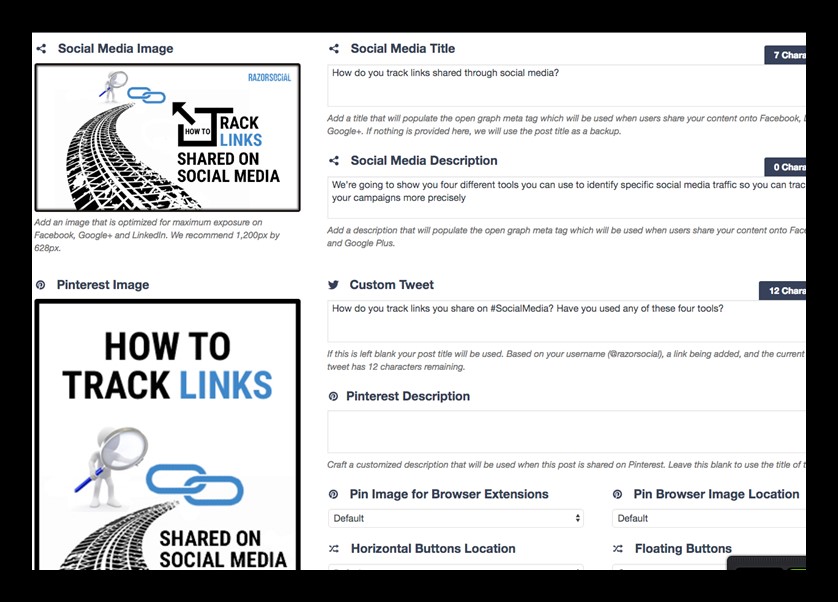
This way you’ll ensure that your posts appear in the best possible way on each social network to encourage more people to come and visit your site.
Pre-promote content. Reach out to influencers and get their opinion and/or a quote on a piece of content before you publish it and then mention them in the post once it’s published. The more involved they are, the more they’ll be willing to promote the content once it goes live!
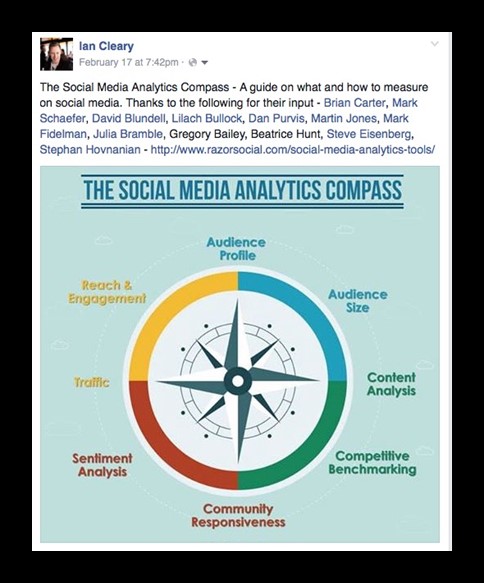
Create a promotional video for the content. Lumen5 is a great tool for turning your blog posts into videos. It will take you a couple of minutes to create a short and shareable video from any link. Lumen5 leverages AI to match the content of your article with related images enabling you to create a slideshow type of video with text overlays. The product is currently free to use!
Re-share content regularly. Unless you share your content regularly, the majority of your audience on social media won’t see it. Create a social media promotion schedule with an optimal frequency of posting for each of your accounts including your Twitter, Facebook, Google+, and LinkedIn profiles. We use Agorapulse to make this process easier.
Convert More Email Subscribers
Use a good tool to build subscribers. Email is 40 times more effective than Facebook and Twitter combined when it comes to driving targeted traffic and acquiring new customers. This is quite a convincing statistic that should inspire you to focus more on building and monetizing your email list!
OptinMonster is a great tool for building email subscribers and it will provide you with everything you need.
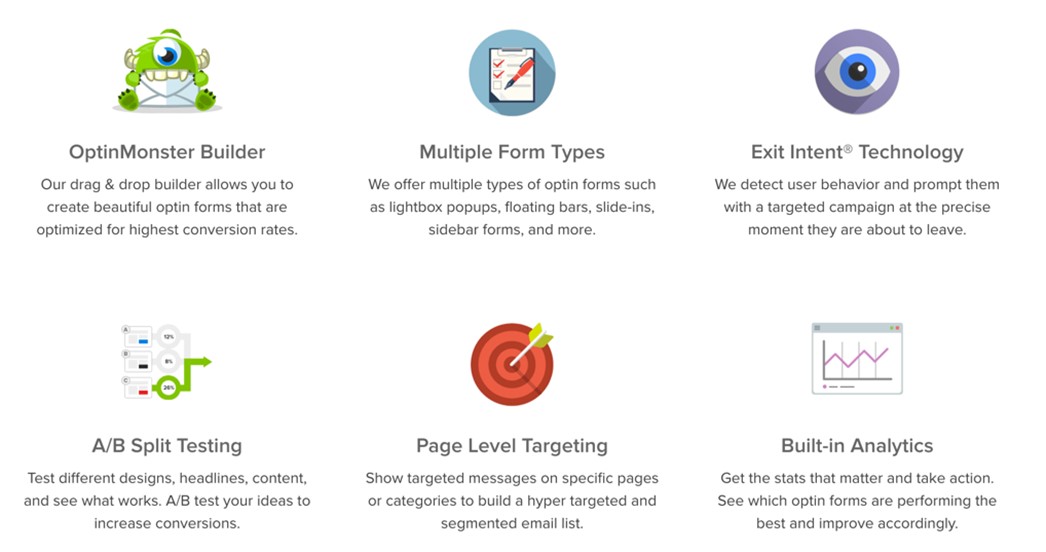
Here’s an example of one of the more advanced features.
You can personalize the optin for individual user on the site. For example, if a user has already submitted their name, you can show them a popup that mentions their name:
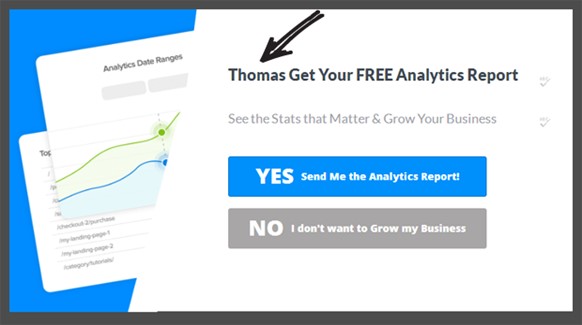
You can also personalize the optin based on the products they previously shown interest in.
This tool is very flexible so you can use it to create different optins for various pages on your website to make them more relevant to the users.
Create a side project to generate optins. A side project is a useful (and typically simple) website or a tool that you can create to attract an audience, build awareness, and grow email subscribers.
A good example is Hubspot’s persona tool for generating a buyer persona. If you offer a free tool that is really helpful to your target customers and heavily promote it, people will not only sign up to use it, but also talk about it, share it, and write about it. All this will lead to more email subscribers!
Conclusion
There’s a lot more to content marketing than being creative and producing amazing content. If you want to get consistently good return on your content marketing, you need to focus on optimizing your results. This often means getting technical and using at least some of the tools and tactics we talked about in this article.
Have any additional technical tips or tools for optimizing content marketing results? Do share in the comments bellow!















































